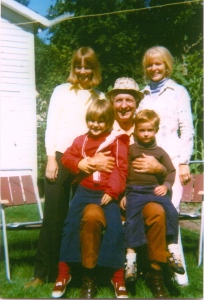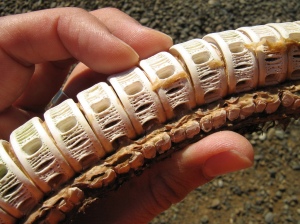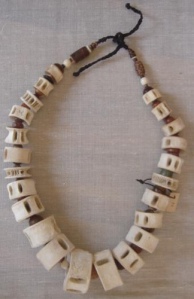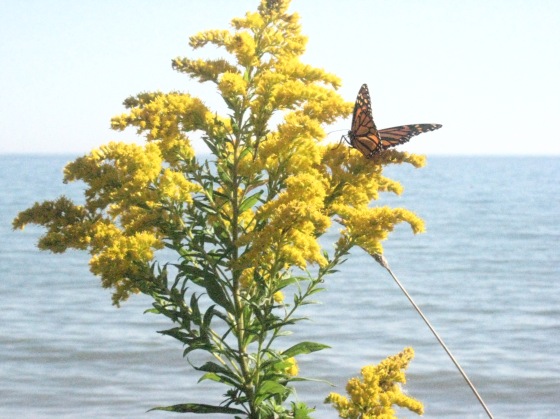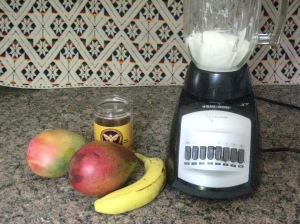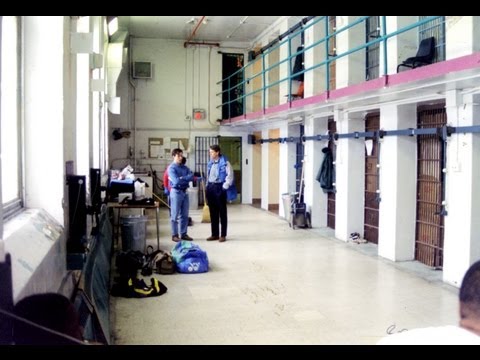I’m Irish. That’s the short story. My father’s parents were born in the small seaport of Sligo, on the northwest coast of Ireland. I never knew them; they both died before I was born. In fact, Dad doesn’t remember his mother because she died when he was just three—of peritonitis from infection after an appendectomy; his distraught father swore he’d murder the surgeon. Then at sixteen, his father died. At sixteen, my father was at the mercy of his own wits … of which he had plenty.
Black wavy hair and bright cobalt-blue eyes, large floppy ears and large knuckled hands, Dad had a way with words. He always won the scrabble games. He recited Tennyson and Robbie Burns at length. When I complained about a teacher, he cautioned me “Learn in spite of the teacher.” When I dedicated my first book to my mother, who was overjoyed for days, I was worried Dad would be jealous; but he said, while shaving one morning: “Never miss the opportunity to make someone happy.” After my divorce I was a very sad young woman. What can a father do? He sent me a letter that contained three words: “I love you.” That letter is over fifty years old now, tucked away in my jewelry box.
And there’s the time Dad and I were visiting my friend Carol in the wilds of rural Florida, near the Everglades. (You should see the size and speed of the spiders, let alone the alligators.) One night we were wakened by loud crashing noises in the brush outside the house. Carol ran quietly in bare feet from her bedroom and whispered that there’d been a lot of break-ins lately. What to do? How to defend ourselves? The cocker spaniel trembled and hid. Dad ran noisily from the couch in the living room, slammed a door and shouted, “Harry! Get the gun, get the gun!” Harry? Gun? You have to hand it to my dad.
At some point, as a young adult, I began to miss having grandparents – that path back and back. There was no one to call ‘grandpa’ – not on my mother’s side, either, for he died before I had a chance to meet him. And her mother died while still in her twenties, when Mom was five. In the absence of living ancestors, I longed for connection with my forebears dead and buried.
I felt the absence as a presence – it accompanied me like a melody droning in the distance, like an Irish lament. I needed psychic connection to those from whom I was descended. What were their dreams, their struggles? Were they farmers, plumbers, poets, midwives? What was life like in Ireland? Why did they come to Canada? What were their stories? How would I feel by knowing them?
Therefore, in my mid-forties, I recorded an oral history of my father’s memories of stories he remembered of and from his father. We met twice a week for a month.
At the time, I was a French teacher, indulging my fascination with language. So it was with great astonishment and delight when Dad told me how, when his aunts and uncles came to visit in Brantford, Ontario they would start in English. Then the English would get “very broad”. Then, when they reminisced about Ireland they would get excited and it would become pure Gaelic. “Gaelic!” I said, startled and thrilled. Yes, he said. “They spoke Gaelic at home and in the streets, and learned English at school.” Just knowing that left me breathless—though Gaelic itself opened up another mystery. Soon after, I took classes in conversational Gaelic … but no matter how hard I tried, Gaelic would remain a mystery. Still, I am fiercely proud of my wild linguistic roots.
Here’s a sampling of that oral history from 1984:
“In Ireland, my dad played soccer (what we call football) and hurling, which is a vicious game played with a stick and a ball that is smaller than a lacrosse ball. The main idea, of course, was to go after the ball, but Uncle Harry would say that it wasn’t a real game unless you forgot the ball and went after somebody’s head.
“My mother, Annie Sheeran, was a singer back in Ireland. She sang with John McCormack before he became famous and made hundreds of records.
“My dad didn’t ride horses as far as I know. The main means of transportation in Ireland was bicycles and jaunting cars. These latter were two-wheeled carts drawn by a pony or donkey.
“I never heard my dad talk about going to the pubs in Ireland, I guess because it cost money and they wouldn’t have had much. The economic conditions there were one of the reasons for coming to Canada. Memory of the famine was still recent.
“When my dad and Uncle Harry and Uncle Joe and Aunt Liza got together, they would reminisce about life back in Ireland. Good stories! Sometimes, at night, they would go out and steal a sheep. Astonished, I asked What for? To eat, he said, in a tone of voice that implied ‘what else?’ Well, who from, I asked, my mind still boggled. He was laughing, and said, as if it was a silly question, from somebody who had them. One night, my dad and Uncle Harry and a third person got together and told this story, and I heard it many times after that so I guess it’s true. They’d been biking around during the day and had seen some sheep on a farmer’s land, and they went back that night on bicycles to get one. The way they always did it was to stun the sheep with a pick handle and then drag it away. So this dark and moonless night, they went back to the spot and came to the stone wall that surrounded the field. They parked the bikes and climbed over, and a bit beyond, they saw this white shape lying on the ground. Aha! A sheep! Uncle Harry swatted it with the pick handle and the thing rose up in front of them like a huge ghost. It was a big white horse. Dad is laughing one of his almost uncontrollable laughs. It put the fear of God into them, and they turned and ran, blind with terror, and ran right into the stone wall. They were going so fast that their bodies flipped right over the wall, and they kept on going. Dad is laughing and laughing. They’d have been eighteen or nineteen at the time, and there were many times when they went to bed hungry. Tears of laughter are in danger of turning into something else, but Dad is adept at turning the conversation around.
Progressing into my dad’s past, gave me a deeper understanding of my father, of myself, and of an era. Bringing departed ancestors into my life expanded me. I walk accompanied by ancestral music and ancient wisdom. I walk accompanied.
To quote the First Nations writer Richard Wagamese who, I’m sorry to say, died last week, “We are story. All of us. What comes to matter then is the creation of the best possible story we can while we’re here; you, me, us, together. When we can do that and we take the time to share those stories with each other, we get bigger inside, we each see other, we recognize our kinship—we change the world, one story at a time…”
Written by Diane Taylor, author of The Gift of Memoir: Show Up, Open Up, Write.
